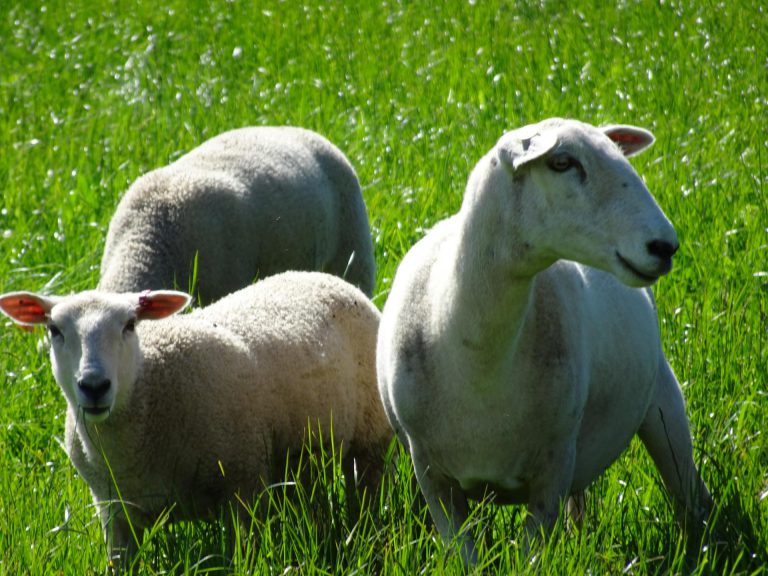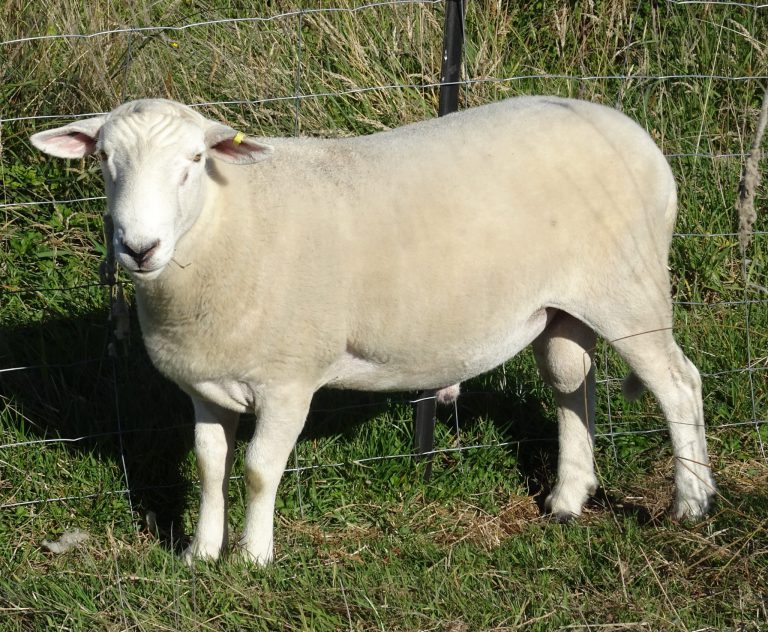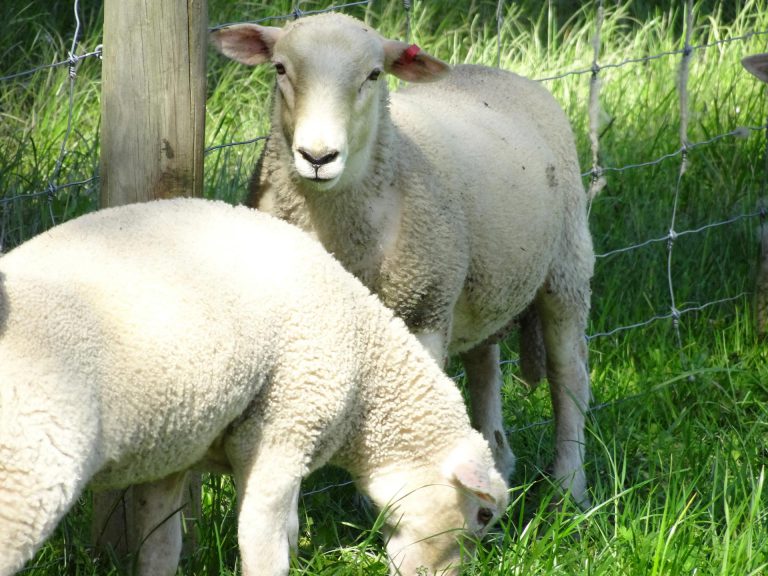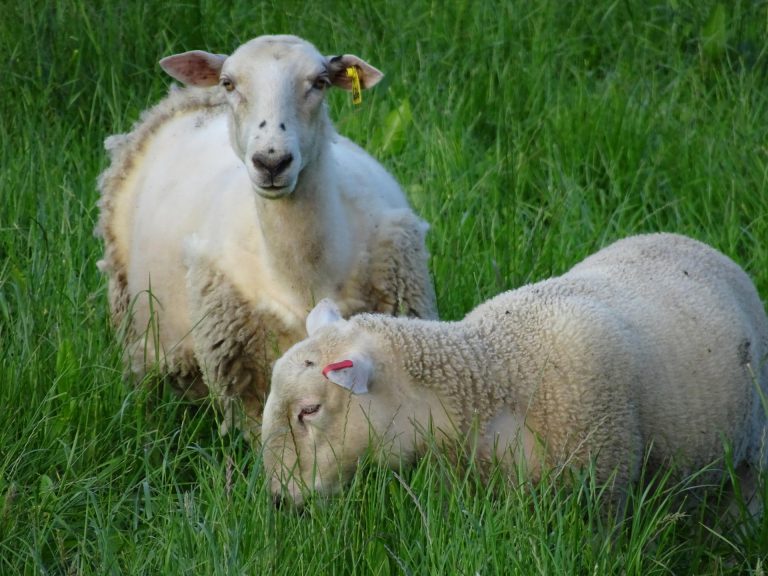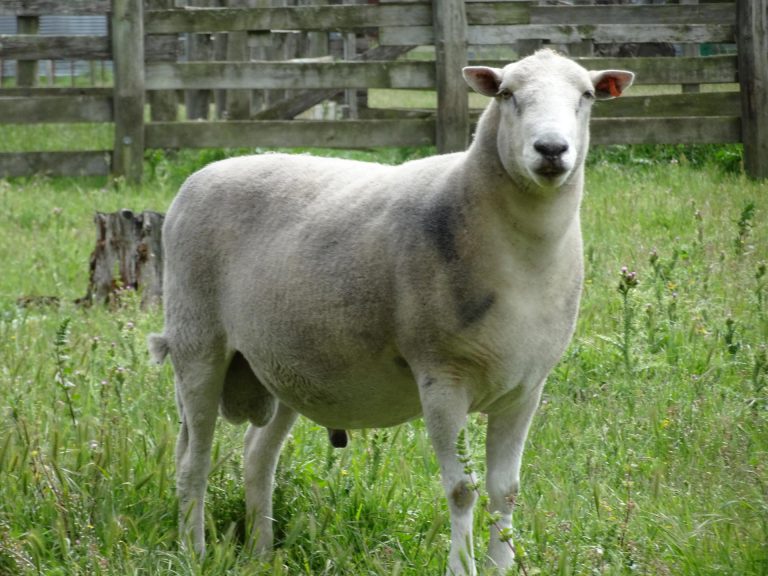GENERAL INFORMATION ABOUT WILTSHIRE SHEEP
Wiltshires are a very old sheep breed developed on the Wiltshire Downs in England. They became popular in Britain from the eighteenth century but similar sheep are thought to date back to Roman times.
Wiltshires naturally shed their own wool each year. This moult occurs during the spring and is usually complete between October and December. Lambs also moult. In addition to shedding Wiltshires are typically bare around the head, belly and tail and so they do not require shearing, dagging or tailing. This makes them a good choice for lifestyle block farmers.
Wiltshires are naturally fertile and make good mothers. Twins and triplets are common and lamb growth is rapid.
Wiltshires are a meat breed. Rams can be used as terminal sires to produce vigourous crossbred lambs.
Wiltshires can be horned or polled. All Waimea Wiltshires are polled.
Wiltshires are hardy sheep which show natural resistance to flystrike, facial ezcema and parasites. They do well in dry or wetter conditions and can be farmed organically.
ABOUT WAIMEA WILTSIRES
Waimea Wiltshires was founded in 2014 after purchasing ewes and rams from established polled Wiltshire breeders in Waipukurau (the Stricklands) and Porangahau (the Taylors of Glenbrae) in the southern Hawke’s Bay. Subsequently rams and ewes bred by the Morrisons (from Marton), Mt Cass Station (Waipara), Andrew and Sara Heard (Waitohi Peaks, Hawarden) and the Molettas (Waitui, Marlborough) have been incorporated into the flock. We maintain a small flock of approximately 70 breeding ewes and are aiming to breed the best stud Wiltshires we can.
All the Wiltshires we keep for breeding are selected on the basis of shedding ability, size, conformation, good feet and past breeding history. To make certain we select the best sheep we regularly weigh our flock and give each animal a shedding score. Any sheep which does not shed fully by the time it is a two-tooth is removed.
All sheep are tagged and breeding records are kept on ‘Flock Filer’.

